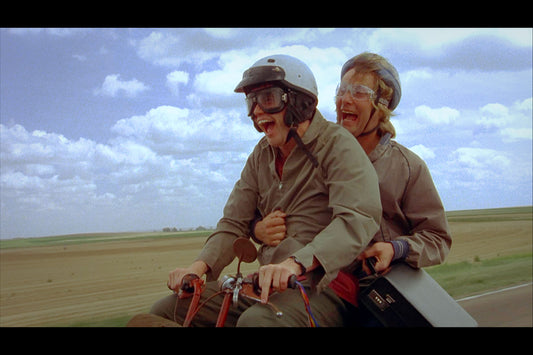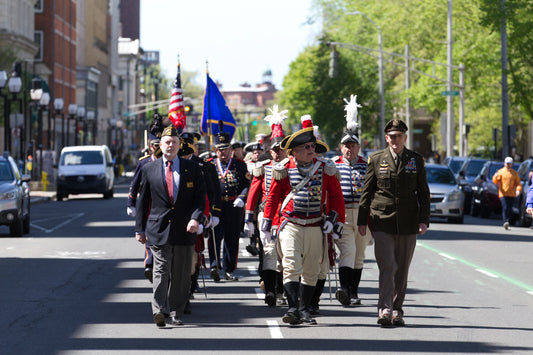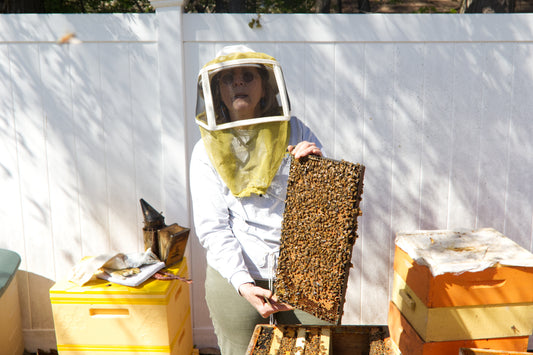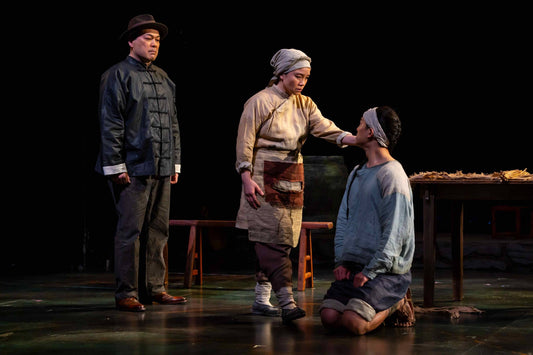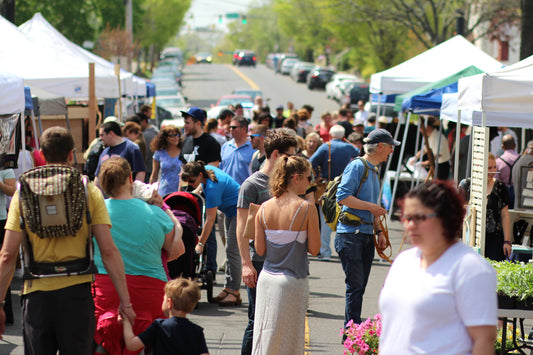It looks more like a chin than a point, thrust defiantly into New Haven Harbor, as if to declare itself a survivor. City Point is indeed a survivor, though its onetime peninsula has been filled in and smoothed to create a coastline amenable to a highway, and its once booming oyster industry is no more.
Still, there are more than a few hints of this New Haven neighborhood’s past still standing down on the waterfront, where Quinnipiack natives were probably the first fishermen, followed by generations of colonial settlers and beyond. In fact, the area was originally known as Oyster Point. A few oystermen’s houses still stand along South Water Street, with their telltale “exposed basements for unloading and storing oysters,” as the New Haven Preservation Trust’s Historic Resources Inventory describes them. An early oyster shed still stands as well—a seaworn red building at the front of the Shell & Bones restaurant parking lot.
But oystering isn’t all that remains of the history of this old New Haven neighborhood. Its main artery, Howard Avenue (first Oyster Point Road, then Grand Street), still makes a broad, straight run toward the water as it did in 1840, when it was “lined with poplar trees and frequently used for carriage races, since there were as yet no cross streets and only one or two farmhouses along its stretch,” the historic inventory reports.
sponsored by
Later, transportation up and down Howard Avenue was a bit slower: a horsecar railway that, according to the inventory, “helped open up the area to long anticipated residential development” after the Civil War. By the 1890s, that development was mostly complete. Many of the area’s original Queen Anne-style homes are still standing.
City Point’s three avenues—including Hallock to the east of Howard and Greenwich to its west—are intersected by numbered cross streets. This grid covered the extent of the original Oyster Point peninsula. East of Hallock was the harbor, and at its base Bayview Park, a beloved waterfront escape for 19th- and early 20th-century residents. The park was donated by one of the neighborhood’s earliest residents, Gerald Hallock, editor of the New York Journal of Commerce and one of the founders of the Associated Press. Hallock built his summer home—a Gothic Revival-style mansion—at what is now the corner of Cedar and Lamberton. It was later moved and then demolished to make way for a railroad connecting New York and New Haven.
Bayview Park, originally part of Hallock’s property, opened in the 1890s. It included a beach known as “the Cedars” as well as “two tiny lakes where ducks and geese swam, and children walked on a wooden bridge to an island between the lakes. Couples strolled along the bulkhead, looking out over the harbor,” according to a 1979 history of City Point written by Shoshana Hoose for Schooner, Inc. Residents played horseshoes, baseball, basketball and miniature golf in the park; went ice skating and ice boating in the winter; and swam in the summer, not far from a pipe that discharged raw sewage into the harbor.
The sewage was cleaned up by a 1930s treatment plant—New Haven’s first. But there were other problems for the neighborhood. A city dump located at Greenwich and Kimberly “caught on fire frequently, so that the fire company spent most of its time putting out the blazes,” Hoose writes. During the Great Depression, “people lived in corrugated metal and cardboard shacks in the dump, and ragpickers hunted for valuables there.”
The neighborhood’s challenges weren’t all manmade. Though pollution had already begun to affect City Point’s oyster beds, the famous hurricane of 1938 outright destroyed many of them. According to the Historic Resources Inventory, “More devastating hurricanes followed in 1944 and 1950, washing away some of the docks, and a major invasion of starfish in the 1950s, predators of the oyster, dealt a final blow
But perhaps the greatest blow to the neighborhood was the construction of I-95 in the 1950s. “People gathered at Howard Avenue Methodist Church to protest,” Hoose writes. “They based their case on Hallock’s deed of the land to the city, requiring that the land always be used as a park. Nonetheless, the state followed through with its plan, building across the newly filled Long Wharf and the lower Point.”
Today, City Point, defined as the area south of Lamberton Avenue anchored by Greenwich, Howard and Hallock, is home to a diverse population of New Haveners, many of them black and Hispanic, as well as recent immigrants. The waterfront is populated by Harbour Landing Condominiums, the Pequonnock Yacht Club and the campus of the Sound School, a maritime-focused New Haven public high school. Even on a cold winter’s day, there is beauty to be found in the icy coast, in the hardy ducks and gulls floating in open water, in the glint of sunlight off a thread of fishing line.
What remains of Bayview Park south of the highway is two ball fields and a slice of land housing a Civil War monument and paths that disappear into the highway berm. North of I-95, another small slice is home to a basketball court and a small playground.
It takes some imagination to picture the point as it was 100 years ago, flanked by the West River on one side and New Haven Harbor on the other. But if you venture to the west end of Sea Street onto the public boardwalk that hugs the condominiums, or down the public pier at the east end by the Sound School, you can face the sound as New Haveners have for hundreds of years, finding open water and a dome of sky.
City Point
South of Lamberton Ave, centered on Greenwich, Howard and Hallock Aves, New Haven (map)
Written by Kathy Leonard Czepiel. Image 1, of twilight waves off the coast of City Point, photographed by Dan Mims. Images 2 and 3 photographed by Kathy Leonard Czepiel.



